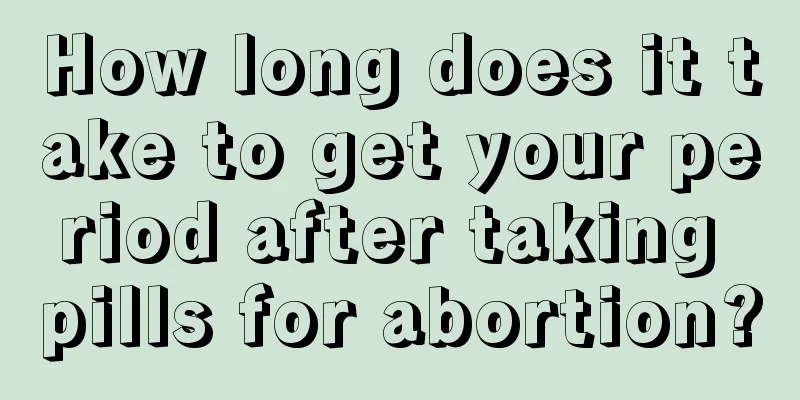What does pelvic floor therapy do?

|
Many pregnant women have finally survived ten months of pregnancy and become official mothers, but they still cannot get rid of the pain. Some female friends found that their uterine and vaginal walls had prolapsed after giving birth. Many doctors will recommend pelvic muscle therapy for treatment, but many mothers do not understand this method. So, what does pelvic floor therapy do? First, what is the effect of pelvic floor therapy? The female pelvic floor is mainly composed of muscles and fascia. It is like a hammock, supporting the uterus, rectum, bladder and other pelvic floor organs at the anus and perineum, maintaining our sexual pleasure, urination, defecation and other physiological functions. Female pregnancy, childbirth, difficult labor, pelvic tumors, uterine and vaginal surgery, and loss of ovarian function after menopause may all cause damage to the pelvic floor muscle nerves and lead to pelvic floor dysfunction. Second, after giving birth, some female friends will find that they feel they have lost control of their bodies. A cough or a laugh will cause urine to overflow; when getting up in the middle of the night to urinate, the moment you stand up, you pee in your pants; for fear of embarrassing yourself in public, you have to wear a sanitary napkin or diapers; your married life is no longer harmonious, and you want to kick your husband off the bed; what is even more embarrassing is that you always feel like something is falling out from below. Isn't this urinary incontinence that only the elderly or paralyzed patients will have? Many female friends think that this situation should not happen just because they have given birth to a baby. What are the effects of pelvic floor therapy? In fact, the most common manifestation of pelvic floor damage is urinary incontinence, followed by uterine prolapse, vaginal relaxation, unsatisfactory sexual life, fecal incontinence, constipation, etc. Pelvic floor injuries not only torture the patient's body, but also cause psychological disorders such as depression, loss of appetite, and loss of libido, bringing both physical and mental pain to the patient. Yes. Whether women give birth naturally or by caesarean section, they need pelvic floor rehabilitation after delivery. During pregnancy, the pelvic floor becomes loose under the action of progesterone. As the fetus grows, the fetal position moves downward, and the pelvic floor is squeezed more and more. After delivery, as the fetus is delivered, some ligaments rupture and the elasticity of the "spring bed" decreases, making it unable to fix the organs in their normal position, resulting in functional disorders. Therefore, all postpartum mothers need to have a pelvic floor function assessment. |
<<: Spontaneous abortion uterine contraction pain
>>: The fetus moves violently during contractions
Recommend
What special care should be taken for children, the elderly, and pregnant women after appendicitis surgery?
Author: Sun Meng, deputy chief nurse, Beijing Fri...
Vaginal itching caused by anti-inflammatory injections
It is possible that anti-inflammatory injections ...
Gout is prone to attacks during the Spring Festival, and there are some good ways to relieve gout pain
"Every year's Spring Festival is a time ...
What tests should I do to prepare for pregnancy?
Women all have to have children, only then can th...
What are the symptoms of mild mastitis?
Postpartum mothers are the group most likely to s...
What is the best week for abortion?
In today's society, it is not uncommon for un...
Ovarian cysts after egg retrieval
Ovarian cysts after egg retrieval is a very commo...
Lower back pain after wearing ring
The IUD is a very common contraceptive method. Th...
When can the fetus' position be fixed? How to adjust the abnormal fetal position?
We all know that after a woman becomes pregnant, ...
Rotating fetal position
Through a series of tests in the late pregnancy, ...
Treatment for abdominal pain in pregnant women
I believe that all of us have experienced abdomin...
Women's health care methods
I believe everyone must know the importance of he...
What does it feel like for a woman to have an orgasm?
A woman's orgasm is a relatively excited stat...
The difference between uterine fibroids and gestational sac
Sometimes a woman's uterus may develop lesion...









